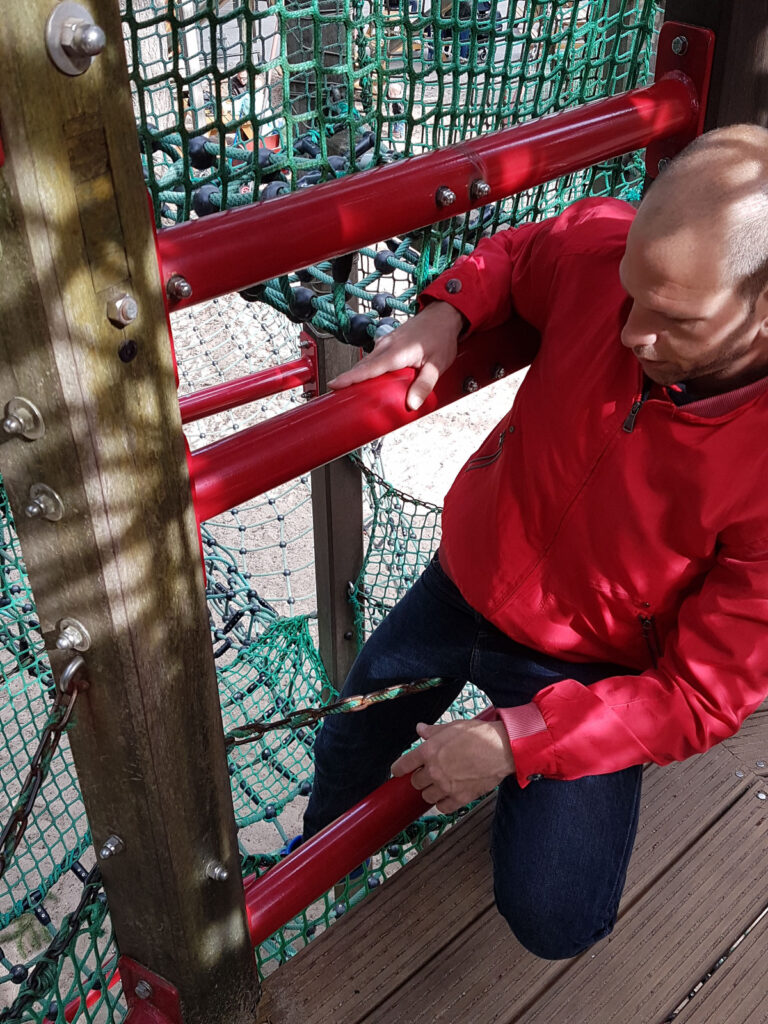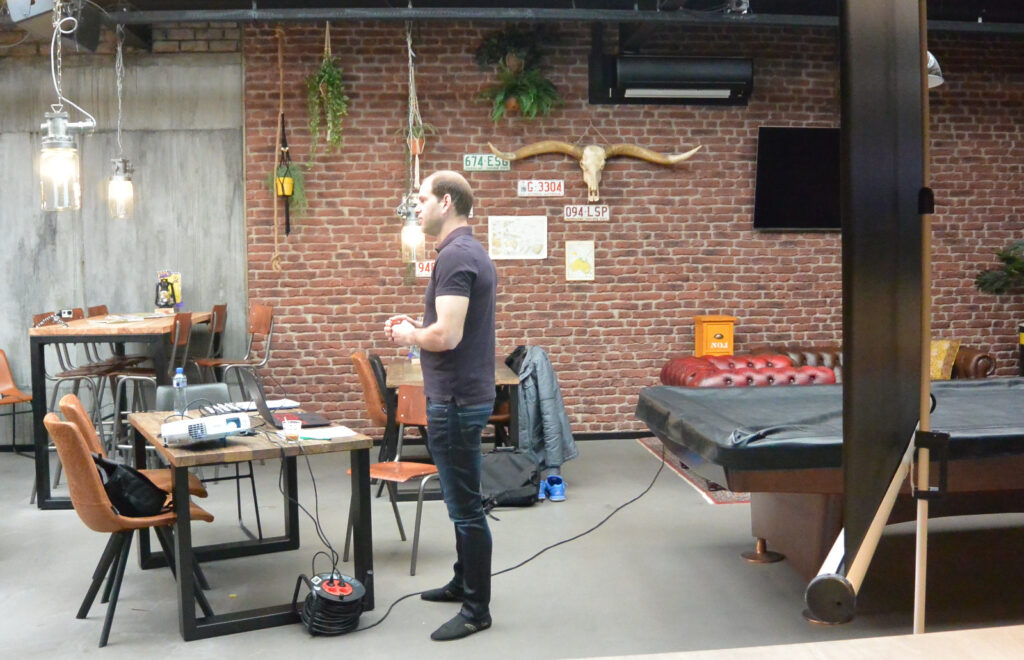Risk Reduction Recreation
Welcome at triple R, your centre of expertise for Risk Reduction in Recreation. We offer a wide range of services to help you improve and maintain user safety in recreation and sports activities and facilities for manufacturers, suppliers and operators.
With our expertise in application of Dutch law Warenwetbesluit Attractie- en Speeltoestellen (WAS) and extensive knowledge about European Standards such as EN1176 (playground equipment), EN23659 (trampoline parks), EN1069 (water slides), EN14960 (inflatable bouncing pillows) and EN15567 (high ropes courses) we are in a perfect position to help you navigate the certification process and requirements to bring your product to market.
Please note, Dutch certification company Sport, Play & Recrea (SPR) is a triple R customer; they deploy us as WAS certification inspectors. For those work orders we operate in accordance with their Quality Management System. Conflicts of interests are avoided by triple R not accepting SPR work orders concerning triple R customers, even if the customer projects are unrelated.
This disclosure is purely for transparency. For you as the customer there are no practical effects; triple R can still help you with WAS certification processes in which you work with SPR, and SPR can provide all their services to you if you use triple R. It just means that a) triple R knowledge concerning WAS are always up-to-date, and b) you’ll never encounter our people doing work for SPR in your projects.
Our safety-based approach can be applied in any stage in your project, from concept phase to improvement of a mature organisation. Examples of what we can offer are:
- Design phase guidance
- Risk Inventarisation & Evaluation (RI&E)
- Certification guidance
- User manual assistance
- Operational manual assistance
- Annual safety evaluation
- External expertise in incident aftermath
- Mystery shopper programs
- Custom training
- Custom safety-relatedsupportservices


Together we can find the best solution for your situation by combining your knowledge of your activity and users with our knowledge and insights. We can help you in applying the theory of a safety-based approach to your everyday practice, to optimise user safety from beginning to end. Contact us to find out how we can help you improve and maintain your user safety.
There are many types of users: customers, members, participants, athletes, visitors. The personnel that guides them through their experience are called supervisors, instructors, assistants, coaches, guides. The management structures which provide user experiences are diverse, from national parks to trampoline parks. The common factor in all this: an injured user is not a happy user. User safety is always a fundamental part of every positive user experience.
User safety is ultimately the result of a specific way of thinking, of all people involved. It is a combination of technical safety (is it safe to use?) and operational safety (is it used safely?), and it requires designers, producers, maintenance, management, personnel, and the users themselves.
Technical safety is the responsibility of designers, producers and the maintenance crew. You can include our risk assessment expertise and our extensive knowledge of relevant international standards and certification processes in all stages of your project, adding extra value while reducing total costs.
Operational safety is the result of operational procedures. These are provided by the management, for the personnel. Our expertise can assist management in all phases of design, improvement and / or implementation of procedures. Safe practices can be anchored in your day to day operation with personnel training in safety awareness and/or operational safety procedures.
But ultimately, in user safety, it’s the users themselves that have the final word. In every environment users always can behave in a way that can lead to injury. We can assist in guiding user behaviour with active and passive measures. The best safety measures are hardly noticed by users… By stimulating intended use, reducing expected but unintended use, and preventing misuse you can maximize user safety awareness while minimizing user experience impact.